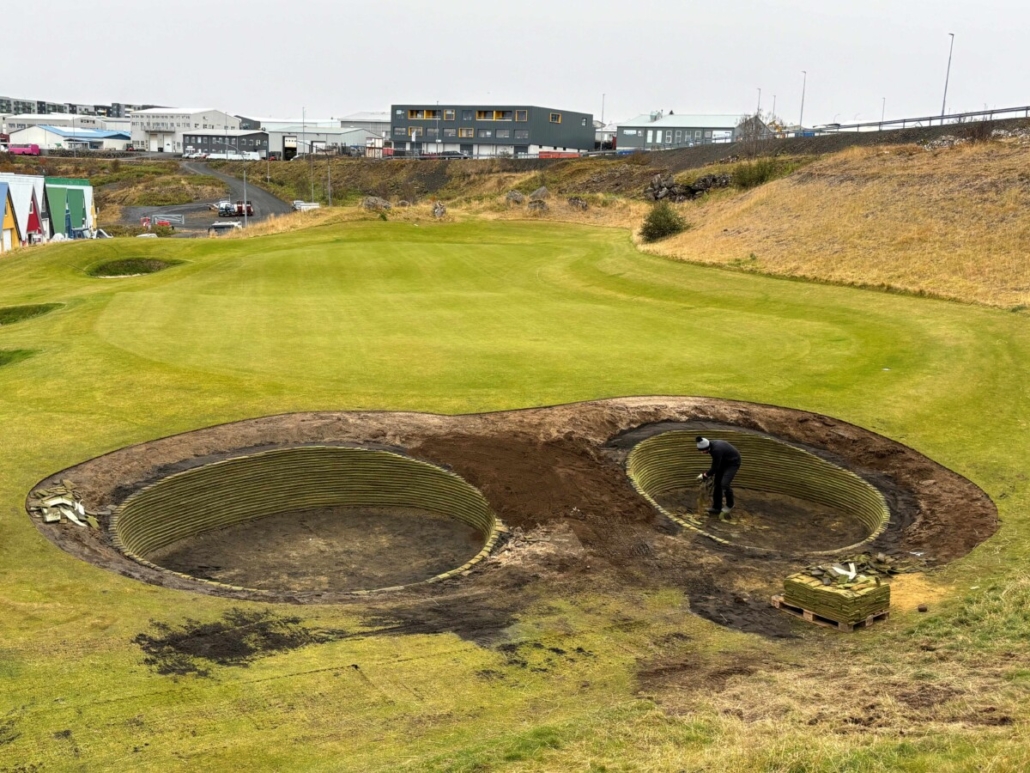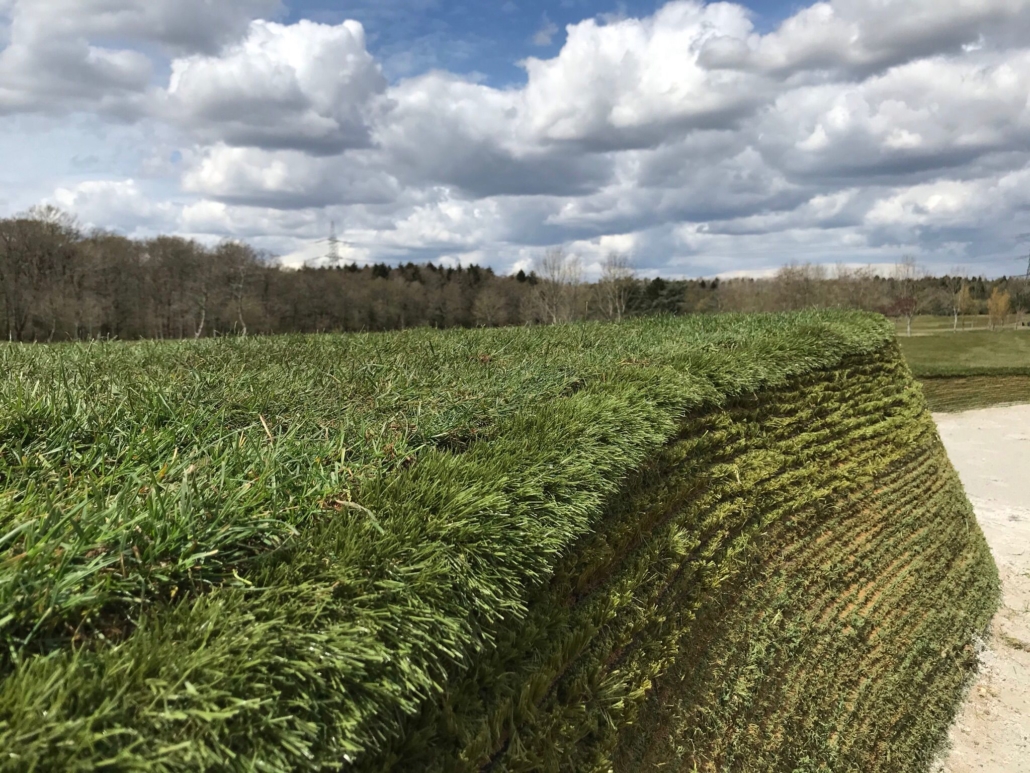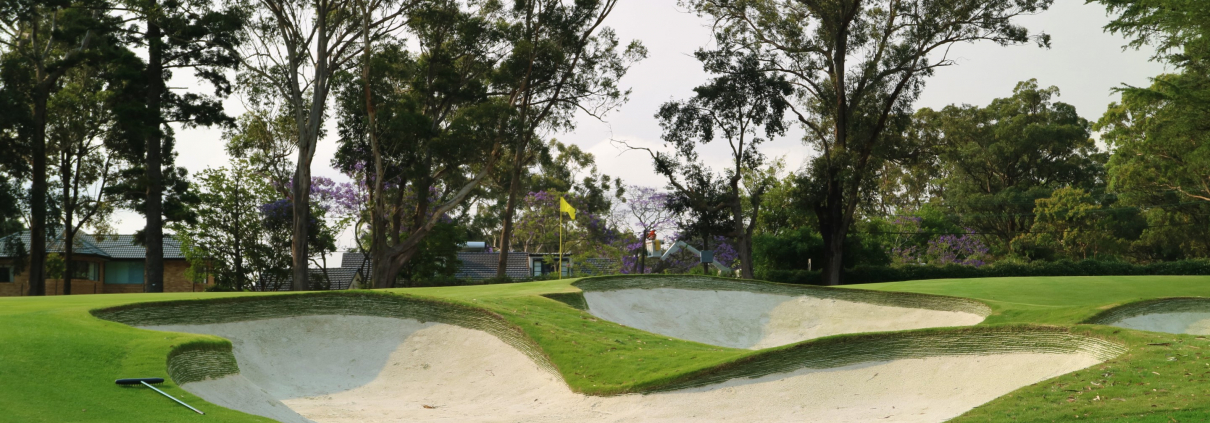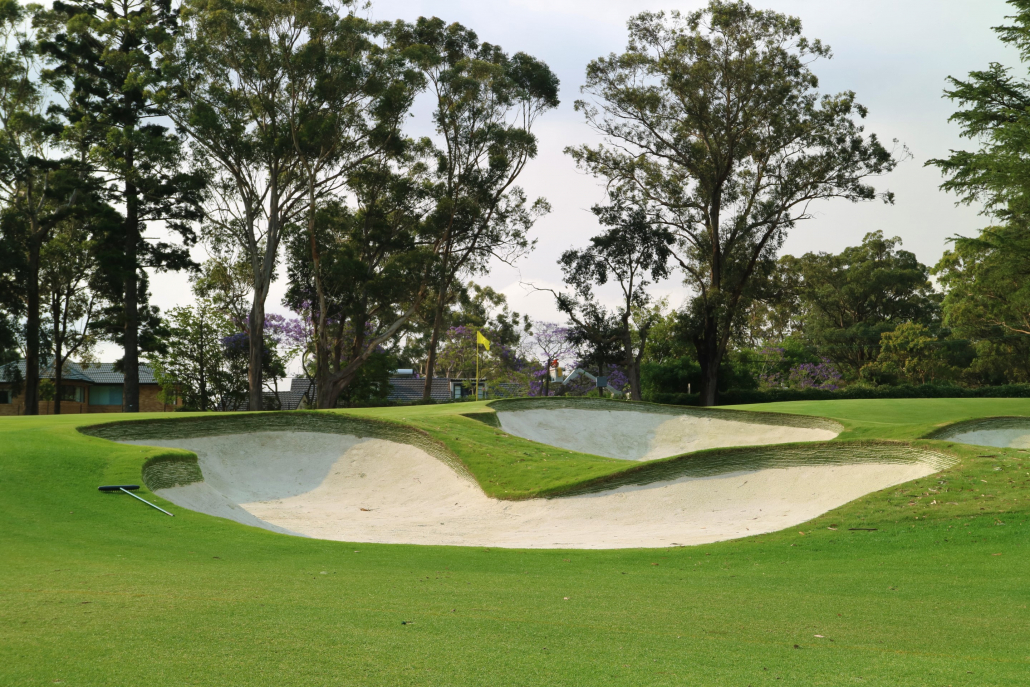EcoBunker take on Icelandic challenge
EcoBunker take on Icelandic challenge: Keilir Golf Club in Hafnarfjörður, Iceland has just completed the second phase of its bunker replacement project with industry leading synthetic faced bunker specialists, EcoBunker.
Faced with year round weather challenges and very harsh winters, the team at Keilir have been spending a disproportionate amount of their budget on maintaining the quality of their naturally revetted bunkers. Having received very positive feedback on EcoBunker’s work at Royal St. Georges, among other projects, Keilir invited the team to address the unique challenges of an Icelandic golf course.

EcoBunker take on Icelandic challenge
“Maintaining the quality of traditionally revetted bunkers is such a time-consuming job,” commented Guðbjartur Ísak Ásgeirsson, Head Greenkeeper at Keilir Golf Club. “We face harsh conditions here in Iceland, and the work to keep the bunkers in good condition is difficult enough. When you add in the need for a re-build every 5 years, they eat up the maintenance budget in a way that just isn’t sustainable.”
“Keilir is such an incredible setting. The front 9 weaves a path through lava flow and the back 9 follows a small peninsular with views of a local glacier,” adds EcoBunker founder Richard Allen. “The major appeal of Keilir is the rugged landscape so I’m delighted with how our EcoBunkers have provided solutions to the maintenance challenges the team faced, while blending perfectly with the natural terrain. This has been a fantastic project for us and I look forward to the next phases.”
Phase one of the project took place this Spring with the creation of two new bunkers. Following very positive feedback from the members and maintenance team at Keilir, a further four bunkers have been installed this Autumn, with more planned for Spring 2025.
“It has actually been quicker to construct an EcoBunker that will last over 20 years than to naturally revett our bunkers. We’re delighted with the results and look forward to putting the new bunkers into play when we next open the course. I certainly look forward to a maintenance free season for our six new EcoBunkers!” concluded Guðbjartur.
For more information on how EcoBunker can help meet the maintenance and bunkering challenges at your course, visit www.ecobunker.co.uk
For the latest industry news visit turfmatters.co.uk/news
Get all of the big headlines, pictures, opinions and videos on stories that matter to you.
Follow us on Twitter and Instagram for fun, fresh and engaging content.
You can also find us on Facebook for more of your must-see news, features, videos and pictures from Turf Matters.

















